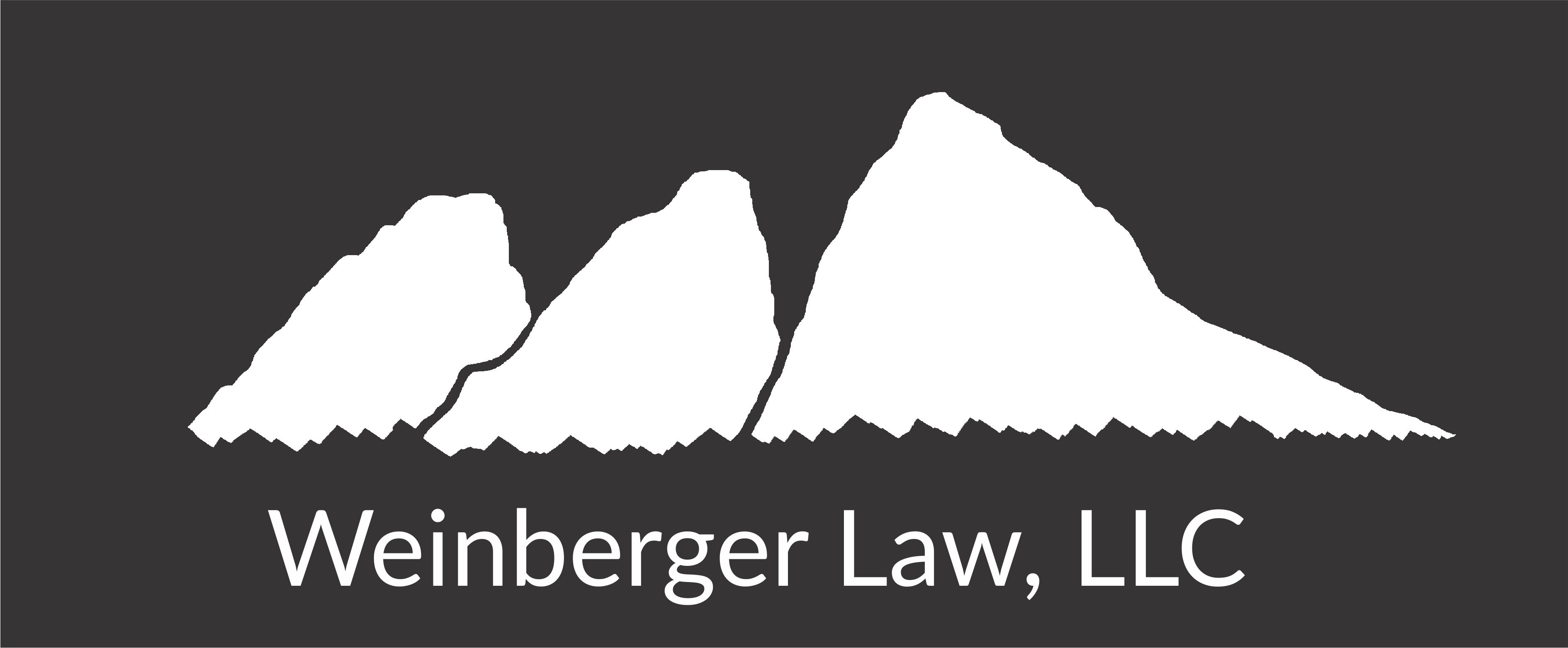When planning your estate, it’s important to understand the difference between probate and non-probate assets. That’s because a will — what most think of as the essential substantive document in any estate plan — only controls what are called probate assets.
But it’s possible, in fact common, to see an estate without any probate assets. In such cases, the will has no effect whatsoever on the disposition of assets.
Here’s a brief overview of the difference between probate and non-probate assets, and examples of each.
Non-probate assets are assets that pass under the operation of law. In other words, the asset itself, or the way in which you own it, has a built-in mechanism controlling where it goes when the owner dies. Such assets pass without regard to the terms of a will. Here are some common examples:
- Bank accounts with pay-on-death/transfer-on-death (POD/TOD) designations: When you open a bank account, the banker may ask if you’d like to designate a POD/TOD beneficiary. If you say yes, then the person you designate will receive the account, or its proceeds, when you die.
- Life insurance policies: When you buy a life insurance policy, you’re asked for primary and secondary beneficiaries. Those named receive the benefit regardless of what your wills says.
- Retirement accounts: As with life insurance policies, most retirement account custodians will ask for primary and secondary beneficiaries. (Note: 401Ks automatically pass to spouses, unless the spouse specifically waived that benefit).
- Assets held in joint tenancy: One of the most compelling features of a joint tenancy is “the right of survivorship.” If one owner in a joint tenancy dies, the other owner(s) are automatically entitled to receive the decedent’s share. Married couples, for example, almost always own their homes as joint tenants. (Learn more about joint tenancies here.)
- Assets held in trust: Assets held in trust continue to be controlled by the terms of the trust, regardless of whether a grantor, trustee, or beneficiary dies. In fact, trusts are often used to convert probate assets into non-probate assets.
Probate assets, on the other hand, have no built-in mechanism directing where they go once the owner dies. These assets pass through probate and are distributed according to a will (or, if there is no will, state statute). Here are a few common examples of probate assets:
- Bank accounts without POD/TOD designations: Without a POD/TOD designation, and assuming the account belongs to only one person, then the account will fall into probate and be subject to the will’s provisions.
- Life insurance policies without designated beneficiaries or with the “estate” named as the beneficiary: This is an unlikely scenario because the broker or salesman will almost always ask for primary and secondary beneficiaries.
- Retirement accounts without designated beneficiaries or with the “estate” named as the beneficiary: Also an uncommon scenario because individuals generally designate beneficiaries.
- Assets held individually or as tenants-in-common: This is the most common asset passing through probate, especially when an unmarried person dies.
Notice how the same asset can be either a probate or non-probate asset based solely on how title is held or whether beneficiaries have been designated. Also notice how many assets pass outside of probate and, therefore, without regard to the terms of your will.
If you’d like to know more about how your assets will pass, schedule a no obligation estate planning consultation. Contact us here or call 720-588-9830.




